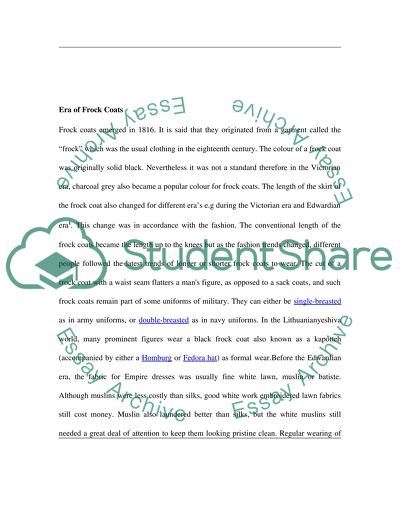Cite this document
(“Frock Coats of Victoria And Albert Museum Essay”, n.d.)
Retrieved from https://studentshare.org/miscellaneous/1519931-frock-coats-of-victoria-and-albert-museum
Retrieved from https://studentshare.org/miscellaneous/1519931-frock-coats-of-victoria-and-albert-museum
(Frock Coats of Victoria And Albert Museum Essay)
https://studentshare.org/miscellaneous/1519931-frock-coats-of-victoria-and-albert-museum.
https://studentshare.org/miscellaneous/1519931-frock-coats-of-victoria-and-albert-museum.
“Frock Coats of Victoria And Albert Museum Essay”, n.d. https://studentshare.org/miscellaneous/1519931-frock-coats-of-victoria-and-albert-museum.


